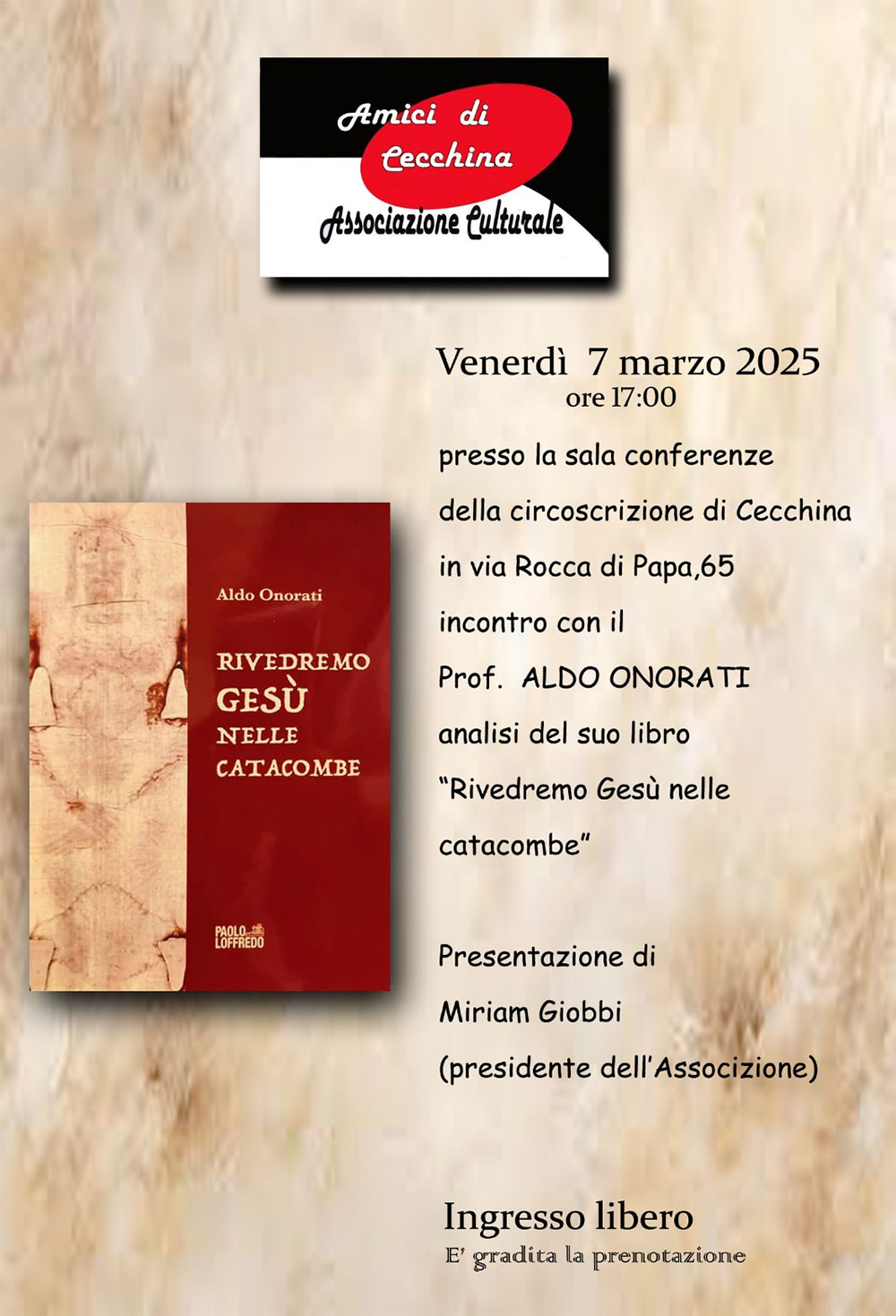 Paolo Loffredo, sixth generation of a large family of publishers and booksellers engaged in the production and distribution of books since the late nineteenth century, creates in 2012 the new editorial company Paolo Loffredo Editore. The historical site was until the '80s in the heart of the historic centre of Naples in Via San Biagio dei Librai, lower Decumano and also known as the SpaccaNapoli.
Paolo Loffredo, sixth generation of a large family of publishers and booksellers engaged in the production and distribution of books since the late nineteenth century, creates in 2012 the new editorial company Paolo Loffredo Editore. The historical site was until the '80s in the heart of the historic centre of Naples in Via San Biagio dei Librai, lower Decumano and also known as the SpaccaNapoli.
At the beginning of the twentieth century, Giuseppe Loffredo decided to add book selling to the book production, which definitively imposed itself after World War II with the publication of manuals for the University and for the School that succeeded in establishing themselves soon throughout Italy.
LAST EVENT
"Rivedremo Gesù nelle catacombe"
07 Marzo 2025 - Sala Conferenze circoscrizione di Cecchina - via Rocca di Papa 65, Albano Laziale (RM) - ore 17,00

Dalla Zairja alla traduzione automatica
ISSN: 2611-1349
Language: Italiano
Publisher: Paolo Loffredo Editore Srl

Description
Dalla Zairja alla traduzione automatica
Translation technologies are essential tools for translators’ working practices and communication on the Internet. On the one hand, they concern applications that completely automate the process, such as machine translation, and, on the other hand, tools that help translators. This book aims at offering, in the Italian panorama of translation research a text on an important topic for a field characterised by profound technological transformations. The volume deals with state-of-the-art topics in the field of research, such as neural machine translation, new translation processes made possible by cloud technologies and required by the language industry market, the use of crowdsourcing to improve machine translation systems.
The main objective is to provide a useful theoretical tool for a deeper understanding of the technology that is constantly used in the translation process, by offering a reading path structured according to different aspects. The volume provides information about what machine translation is, its evolution over time and its possible current applications. Besides, the reader will find useful topics for a deeper understanding of the subject: the selected themes provide a critical, although certainly not exhaustive, overview of the research in this field. The perspective offered to readers is more oriented towards translation studies, although IT expertise is required for an in-depth understanding of the subject.



